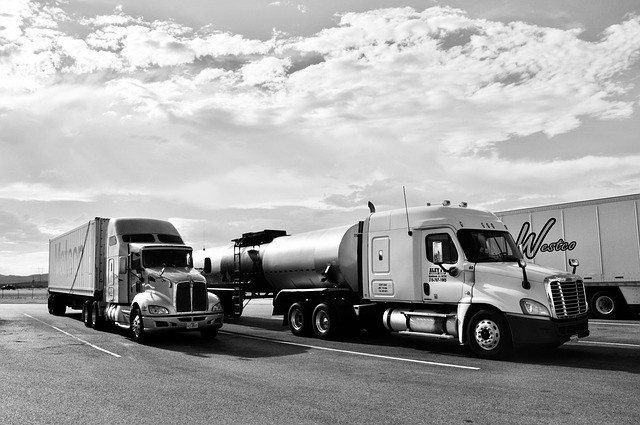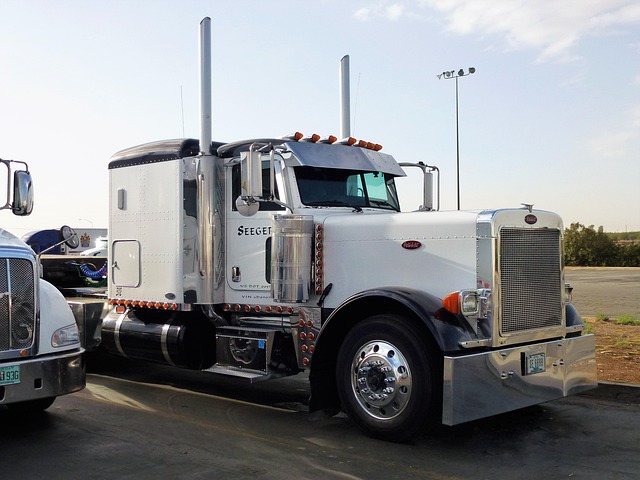“Learn how to register your car in California with our comprehensive guide. Discover the state’s specific requirements for vehicle registration, starting with understanding crucial factors like the Vehicle Identification Number (VIN) verification.
Gather essential documents, ensure accuracy during the online or in-person registration process, and be prepared to pay relevant fees. A precise VIN verifier is key, ensuring your car’s unique identifier is valid and accurate. Navigate California’s car registration process effortlessly with these clear steps.”
- Understand California Vehicle Registration Requirements
- Gather Necessary Documents for Car Registration
- Verify Vehicle Identification Number (VIN) Accurately
- Complete Online or In-Person Registration Process
- Pay Car Registration Fees and Receive License Plate
Understand California Vehicle Registration Requirements

Before registering your vehicle in California, it’s crucial to understand the state’s specific requirements. Unlike some other states, California mandates that all vehicles undergo a unique identification process through a VIN (Vehicle Identification Number) verifier. This means you’ll need to ensure your car has a valid and accurate VIN, which can be verified through a mobile VIN verifier or a traditional inspection at a designated location.
Additionally, California requires proof of insurance, a completed application form, and various fees. A mobile VIN verification service can be particularly useful in this process as it allows you to check your vehicle’s history and ensure it meets all legal standards from the comfort of your home or even before visiting the DMV. This streamlined approach, especially with the use of modern tools like a mobile VIN inspection app, makes registering your car in California a more efficient and less time-consuming task.
Gather Necessary Documents for Car Registration

Before you begin the registration process, it’s crucial to gather all the essential documents required by the California Department of Motor Vehicles (DMV). One critical piece is the Vehicle Identification Number (VIN) verification. You can complete this through a mobile VIN verifier app, which provides a quick and convenient way to check your car’s history. Ensure that you have your vehicle’s registration certificate from the previous state, as well as any out-of-state inspection reports if applicable.
Don’t forget to bring proof of insurance, a valid driver’s license, and the title or lienholder information for the vehicle. Additionally, have a current emissions test (if required) and any other paperwork related to recent maintenance or repairs. Proper documentation is key to a smooth registration process; thus, organize these materials in advance using a mobile VIN inspection tool to streamline your trip to the DMV.
Verify Vehicle Identification Number (VIN) Accurately

When preparing to register your car in California, accurately verifying the Vehicle Identification Number (VIN) is a critical step that shouldn’t be overlooked. The VIN is a unique code that identifies your vehicle and plays a crucial role in its registration process. It’s essential to ensure this number is correct and matches the specifications of your car to avoid any issues down the line.
Using a reliable mobile vin verifier or even availing of a mobile vin inspection service can greatly assist in this task. These services allow you to quickly and easily confirm the VIN accuracy by checking it against a database of known vehicle records. This modern approach, especially with the help of technology like mobile vin verification, streamlines the registration process, ensuring a smoother experience for California residents looking to register their vehicles.
Complete Online or In-Person Registration Process

Registering a car in California involves either completing the process online or visiting a DMV office in person. The online method is typically faster and more convenient, requiring just a few clicks to submit your application. This process includes entering your vehicle’s details, such as the make, model, year, and unique Vehicle Identification Number (VIN), which can be easily verified using a VIN verifier. Many services now offer mobile VIN verification and inspection, allowing you to confirm your car’s information from the comfort of your home or on the go.
In-person registration involves gathering essential documents, including proof of ownership, identification, and possibly insurance. You’ll need to visit a DMV office where a representative will guide you through the process. They may also conduct a visual inspection to ensure your vehicle meets California’s safety standards. This method might take longer but offers the advantage of immediate feedback and clarity on any issues that need addressing before registration.
Pay Car Registration Fees and Receive License Plate

After confirming your vehicle’s eligibility for registration, it’s time to pay the necessary fees. California offers both online and in-person payment options for car registration. The cost varies based on factors like the type of vehicle and its age. Once you’ve settled the charges, you’ll receive your vehicle’s unique identification number (VIN) verifier, a crucial document that links your car to its registration.
With this information at hand, you can proceed with obtaining license plates. In California, these are typically issued by the Department of Motor Vehicles (DMV). You may choose to get them in person or, for added convenience, many services now offer mobile VIN verification and inspection, allowing you to complete the process from the comfort of your own vehicle.
Registering a car in California involves understanding state requirements, gathering essential documents, verifying the Vehicle Identification Number (VIN) accurately using a reliable VIN verifier, completing the registration process online or in-person, and paying associated fees. By adhering to these steps, you’ll ensure your vehicle is properly registered, enabling smooth driving and compliance with local regulations.
